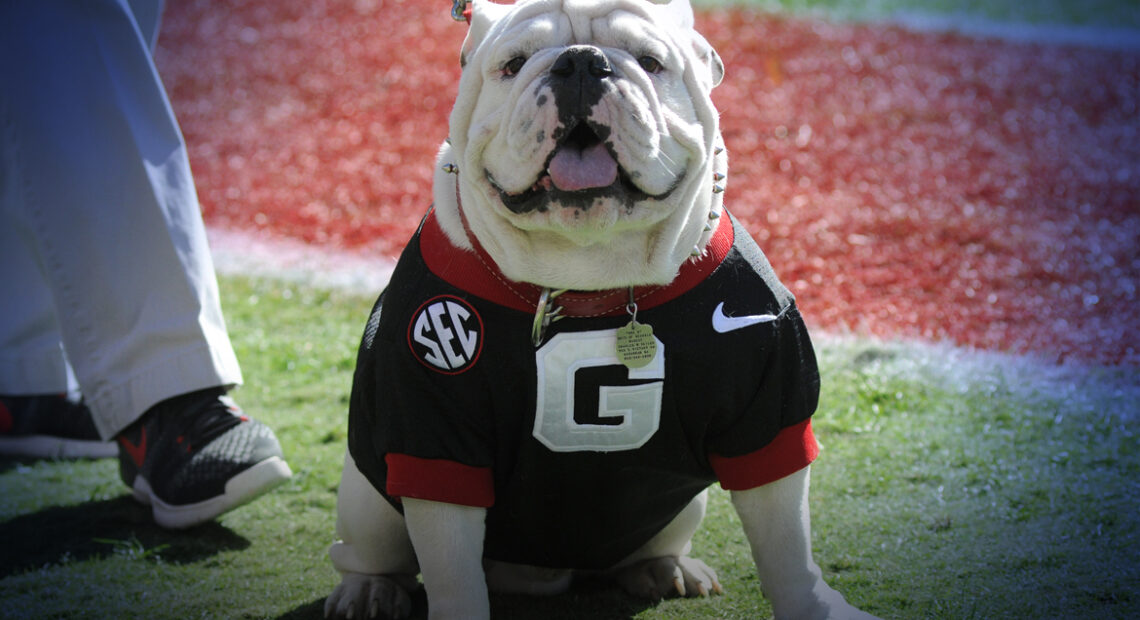Live Animal Mascots: Cute Companions or Exploitative Props?

Live animal mascots have become a common sight in various sporting events, organizations, and even educational institutions. From universities to professional sports teams, these mascots often hold a special place in the hearts of fans and spectators. However, as we appreciate their charm and cuteness, it is essential to consider whether the use of live animals as mascots is ethical or exploitative. In this blog, we will delve into both sides of the argument and attempt to shed light on this contentious issue.
The Case for Cuteness: One cannot deny the undeniable allure and charm of live animal mascots. Their presence can evoke a sense of joy and excitement, creating an engaging and lively atmosphere. Mascots like Uga, the English Bulldog of the University of Georgia, or the San Diego Chicken have become beloved symbols of their respective teams, fostering a sense of unity and camaraderie among fans.
Furthermore, proponents argue that well-cared-for mascots receive exceptional treatment, including regular veterinary care, proper nutrition, and ample exercise. Many institutions go to great lengths to ensure the animals’ comfort and well-being, employing specialized caretakers to address their needs.
The Case Against Exploitation: Critics argue that the use of live animals as mascots raises ethical concerns. The very nature of a mascot’s role, being subjected to loud crowds, bright lights, and unpredictable environments, can induce stress and anxiety in animals not accustomed to such stimuli. This exposure could potentially compromise their physical and mental well-being.
Moreover, the living conditions and confinement of mascots outside their natural habitats can be restrictive and limiting. Animals are inherently designed for specific environments, and forcing them into human-dominated settings may impede their natural instincts and behaviors.
Additionally, there is the risk of mishandling or accidents during live performances or interactions with mascots. Even with the best intentions and precautions, there is always a possibility of harm or distress to the animals involved.
Finding a Middle Ground: To address the ethical concerns associated with live animal mascots, several alternatives can be considered. Organizations can opt for the use of costumed human mascots or animatronic representations to maintain the spirit and excitement without compromising animal welfare. These alternatives can be equally effective in engaging fans and providing entertainment.
For institutions that do choose to employ live animal mascots, strict regulations and oversight should be in place to ensure the animals’ welfare. This includes providing ample rest periods, appropriate enclosures, and opportunities for natural behaviors. Regular veterinary check-ups and assessments should also be mandatory to monitor the animals’ health and well-being.
The debate surrounding live animal mascots is a complex one, encompassing both admiration for their cuteness and concerns about potential exploitation. While they undeniably hold a special place in the hearts of many, it is crucial to prioritize the welfare of the animals involved. Striking a balance between maintaining tradition and ensuring ethical treatment is vital. By exploring alternative options and implementing stringent regulations, we can create a more compassionate and responsible approach to mascots, keeping both their cuteness and well-being intact.
Picture Courtesy: google/images are subject to copyright








